Repair & Rehabilitation Concrete Strengthening Work
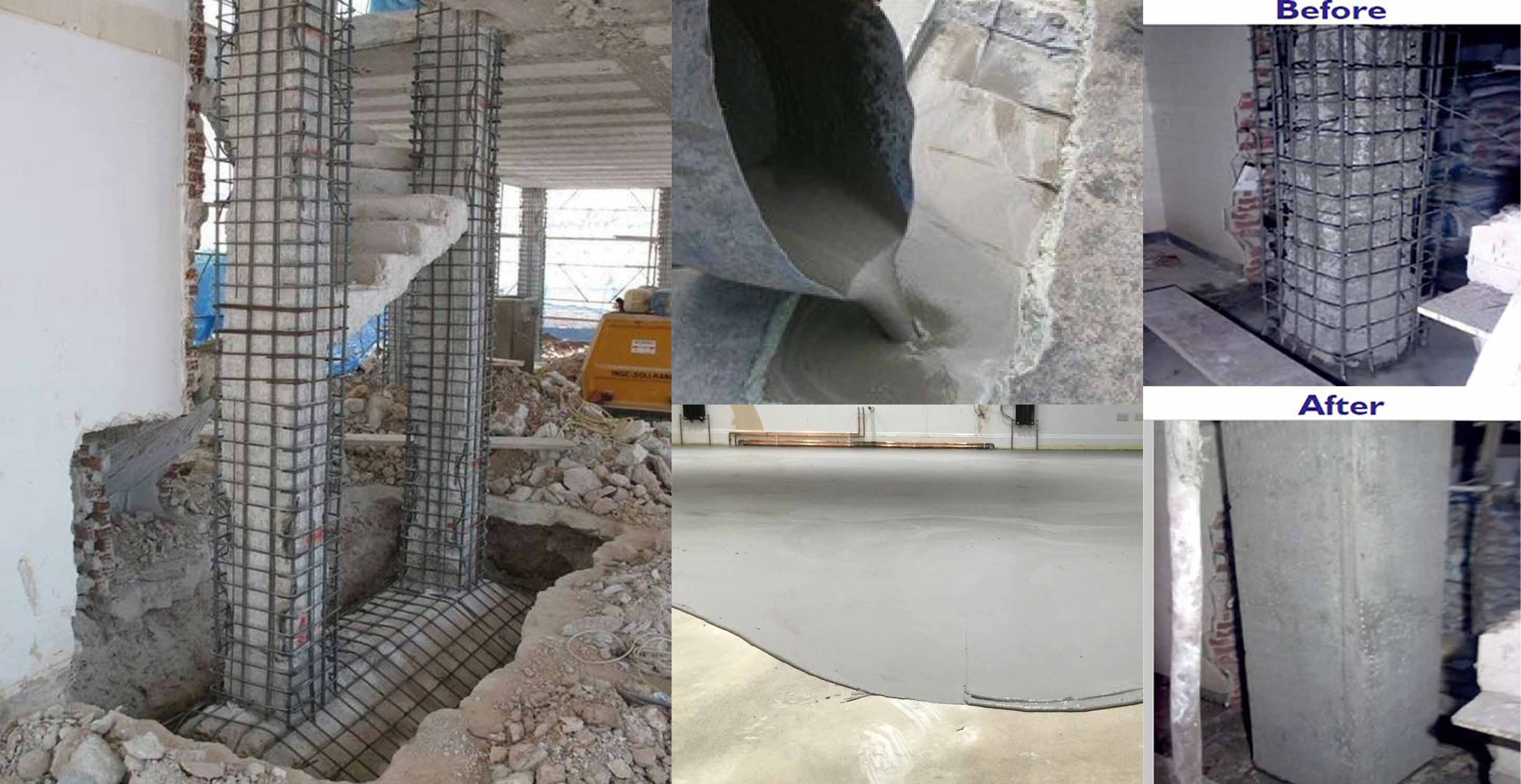
Structural Repair Work
- Rust removing
- Zinc rich coating
- Micro concrete
- Polymer Modified mortar
Old buildings encompassing shopping complexes, ancient temples, monuments, heritage structures, cooling towers, bridges, and even certain residential buildings are in dire need of maintenance and repair. These structures require attention to regain their strength, durability, and stability. Consequently, the rehabilitation of such buildings becomes imperative.
Floor Patch Work
Repair mortars are specifically designed for restoring or replacing the original profile and function of the damaged concrete. They help to repair concrete defects, improve appearance, restore structural integrity, increase durability and extend the structure’s longevity.

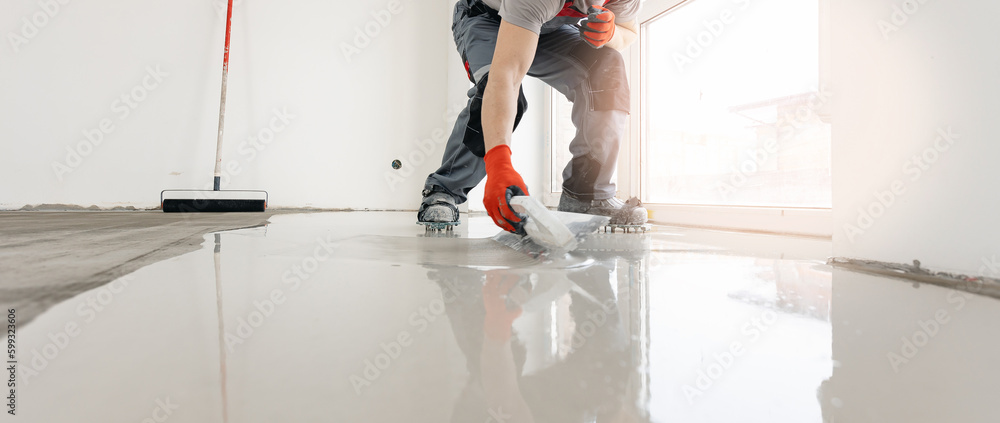
Cementitious Self Levelling Works
Self-levelling concrete overlays are flowable, polymer-modified cementitious toppings that have the ability to self-level without troweling reaching their final set in a matter of a few hours.
USES :
Levelling and smoothing uneven internal sub-floors such as concrete, cement sand screed, quarry tiles, etc. prior to the installation of carpets, ceramic tiles, vinyl or parquet flooring. Not suitable for exposed wearing surfaces.
Epoxy Injection Grouting Works
low-viscosity structural injection epoxy is a two-component, high-modulus, high-solids, moisture-tolerant epoxy specially designed for pressure injection, gravity feeding and flood coat filling of concrete cracks and for increasing the bond between freshly placed repair mortars or concrete mixes and existing .
USES :
This system is employed to fill and seal voids and cracks in various structures, including:
- Bridges and other civil engineering buildings
- Industrial and residential buildings.
Eg. Components such as columns, beams, foundations, walls, floors, and water-retaining structures.
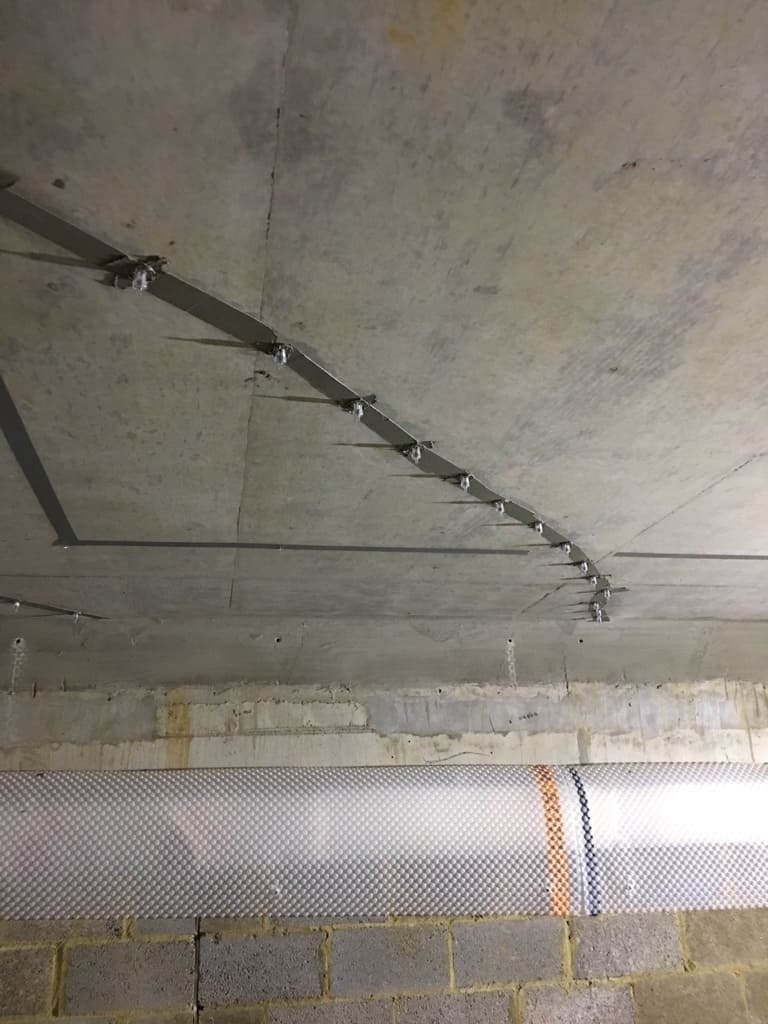

Swimming pool waterproofing
The Swimming pool waterproofing is needed because they are more subjected to the constant pressure of water. The factors include; Shrinkage cracks that appear during the concrete curing process. Lack of waterproofing barriers between the pool water and concrete wall.
Carbon Wrapping
Carbon wrapping for columns is resistant to corrosion; hence, it is used for corrosion control and the rehabilitation of reinforced concrete structures. The system consists of carbon fiber, which is made of thin, strong crystalline filaments of carbon used to strengthen the material.
Uses:
- Strengthening of reinforced concrete structures, brickwork, and timber to increase flexural and shear load capacity, which may be necessary for improved seismic performance of masonry walls.
- Substitute for missing/corroded reinforcement.
- Enhancement of the strength and ductility of columns.
- Increasing the loading capacity of structural elements.
- Addressing changes in building utilization and structural design construction defects.
- Mitigating seismic movement.
- Improving serviceability.
- Upgrading structures to comply with changed standards.
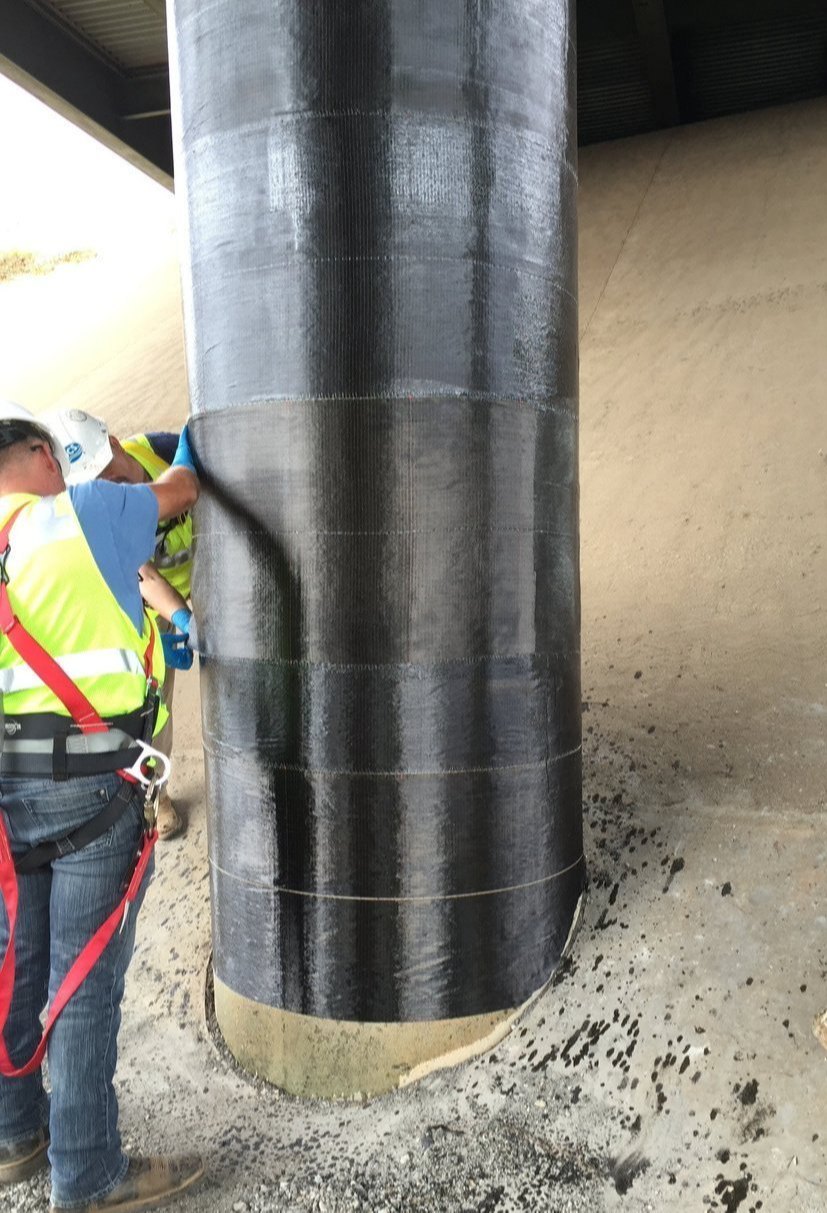
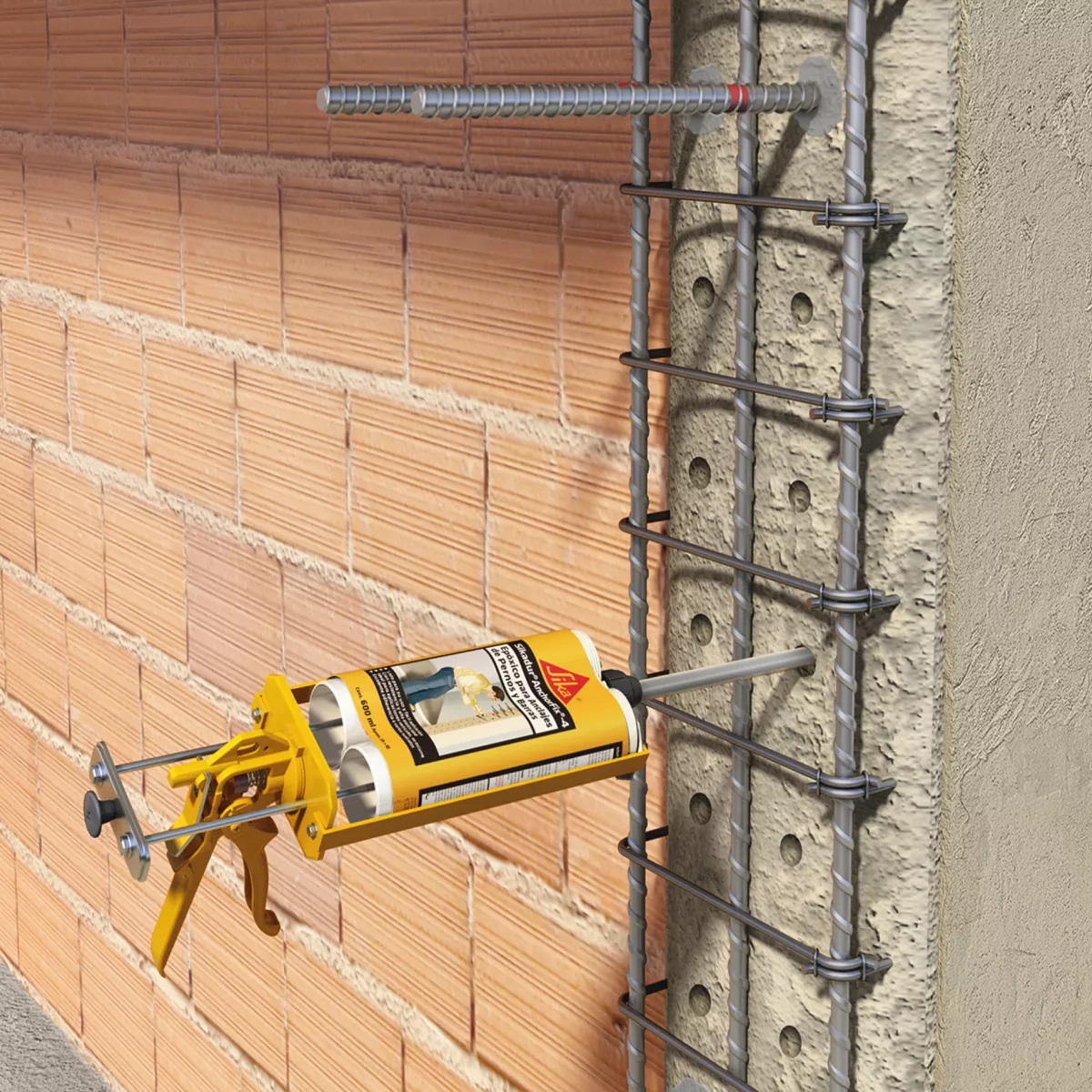
Chemical Rebar Anchoring work
Chemical anchoring is generally done to provide starter bars for lintels, stiffener beam and column or beams where a strong anchorage of bars to be given. Polymer / Epoxy adhesive anchoring system is used widely for anchoring purpose. Drill bit size is depending on the rebar going to be anchored to the structure.
USES :
• Canopies • Boilers • Bicycle racks • Hand rails • Masonry supports • Signs • Safety barriers • Balcony fences • Racking • Machinery • Satellite dishes


